Introduction
Braised pork ribs, a dish that combines the succulence of tender meat with the rich, savory flavors of a well-crafted sauce, are a culinary delight enjoyed by many. Whether you’re hosting a family dinner, entertaining friends, or simply treating yourself to a hearty meal, mastering the art of making delicious braised pork ribs can elevate your cooking skills and satisfy even the most discerning palate. This guide will take you through every step of the process, from selecting the perfect ribs to crafting a sauce that will have everyone coming back for seconds.
Section 1: Choosing the Right Pork Ribs
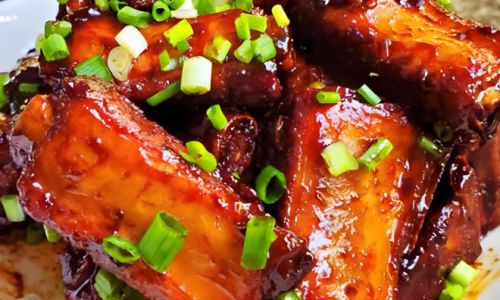
The foundation of any great braised pork ribs dish starts with selecting the right type of ribs. There are several types available, each offering unique textures and flavors:
- Spare Ribs: These are larger and meatier, with a good balance of bone and meat. They are ideal for braising because they hold up well to long, slow cooking, resulting in tender, flavorful meat.
- Baby Back Ribs: Smaller and more tender, these ribs are often preferred for grilling or smoking. However, with the right cooking technique, they can also be braised to delicious perfection.
- Short Ribs: These are typically cut from the beef, but pork short ribs exist and are equally delicious. They are rich and fatty, perfect for braising due to their ability to break down and become incredibly tender.
For braised pork ribs, spare ribs are generally the best choice due to their balance of meat and bone, which helps to keep the dish moist and flavorful. Look for ribs that have a good marbling of fat; this will melt during cooking, basting the meat and adding to its juiciness.
Section 2: Preparing the Ribs
Once you’ve chosen your ribs, it’s time to prepare them for braising:
- Trimming: Remove any excess fat or silver skin from the surface of the ribs. This not only helps to render a cleaner flavor but also ensures that the final dish isn’t overly greasy.
- Seasoning: Season the ribs generously with salt and pepper. You can also add other spices like garlic powder, paprika, or a touch of chili powder if you prefer a bit of heat.
- Searing: Preheat your oven to 325°F (165°C). In a large, heavy-bottomed pot or Dutch oven, heat a few tablespoons of oil over medium-high heat. Sear the ribs on all sides until they are browned, about 3-4 minutes per side. This step not only adds a layer of flavor but also helps to lock in juices, ensuring the meat stays tender during braising.
Section 3: Crafting the Sauce
The sauce is what truly transforms braised pork ribs from good to great. Here’s a classic recipe with room for customization:
Ingredients:
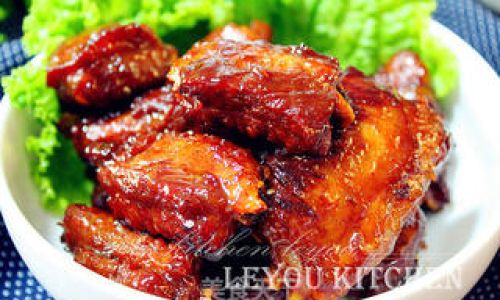
- 1 large onion, finely chopped
- 4 cloves of garlic, minced
- 2 carrots, peeled and sliced
- 2 celery stalks, sliced
- 4 cups of low-sodium chicken or beef broth
- 1 cup of dry red wine (optional, but adds depth of flavor)
- 1/4 cup of soy sauce
- 1/4 cup of ketchup
- 3 tablespoons of tomato paste
- 2 tablespoons of brown sugar
- 2 tablespoons of Worcestershire sauce
- 1 teaspoon of dried thyme
- 1 teaspoon of dried rosemary
- 1 bay leaf
- Salt and pepper to taste
Instructions:
- Sautéing Vegetables: Remove the ribs from the pot and set them aside. In the same pot, add a bit more oil if needed and sauté the chopped onion, garlic, carrots, and celery until they are softened and slightly browned, about 5-7 minutes.
- Adding Aromatics and Liquid: Stir in the tomato paste and cook for another 1-2 minutes, until it begins to caramelize. Add the broth, wine (if using), soy sauce, ketchup, brown sugar, Worcestershire sauce, thyme, rosemary, and bay leaf. Stir to combine.
- Returning the Ribs: Nestle the seared ribs back into the pot, ensuring they are mostly submerged in the liquid. If necessary, add more broth to cover. Bring the mixture to a simmer on the stovetop.
- Braising: Cover the pot with a tight-fitting lid and transfer it to the preheated oven. Cook for about 2-3 hours, or until the ribs are very tender and the meat is easily pulled away from the bone. Check the pot occasionally to ensure there is enough liquid; if it becomes too dry, add a bit more broth.
Section 4: Finishing Touches
Once the ribs are tender, it’s time to finish the dish:
- Taste and Adjust: Remove the pot from the oven and let it cool slightly. Taste the braising liquid and adjust the seasoning with salt and pepper as needed. If you prefer a thicker sauce, you can transfer the ribs to a plate and simmer the sauce on the stovetop until it reaches your desired consistency.
- Serving: Serve the braised pork ribs hot, with a generous portion of the sauce spooned over the top. Garnish with freshly chopped parsley or green onions for a pop of color and a hint of freshness.
- Accompaniments: Pair your braised pork ribs with sides that complement their rich flavors. Mashed potatoes, roasted vegetables, or even a simple green salad can make for a satisfying meal.
Section 5: Tips for Perfect Braised Pork Ribs
- Patience is Key: Braising is a slow process that requires patience. Rushing it can result in tough, dry meat.
- Low and Slow: Always cook braised dishes at a low temperature to ensure the meat has time to break down and become tender.
- Quality Ingredients: Use high-quality ingredients, especially for the broth and wine, as these will greatly impact the final flavor.
- Don’t Overcrowd the Pot: Ensure there’s enough space for the ribs to cook evenly. Overcrowding can reduce the heat and steam, leading to uneven cooking.
- Resting: Let the ribs rest for a few minutes after removing them from the oven. This allows the juices to redistribute, ensuring each bite is as juicy as possible.
Conclusion
Braising pork ribs is a rewarding culinary endeavor that yields a dish full of comfort and flavor. By following these steps and tips, you’ll be able to create delicious braised pork ribs that are sure to impress even the most seasoned food enthusiasts. Whether you’re a seasoned chef or a home cook looking to elevate your skills, mastering the art of braised pork ribs is a journey worth taking. Enjoy the process, savor the results, and happy cooking!
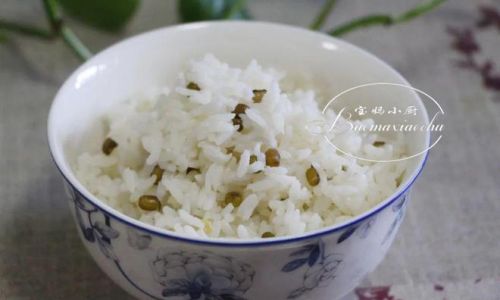
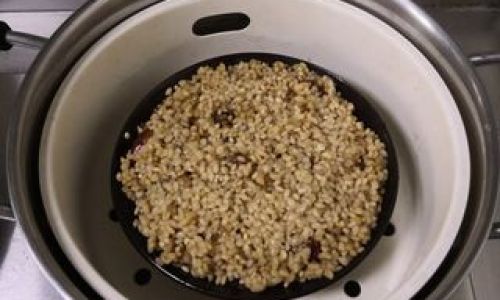
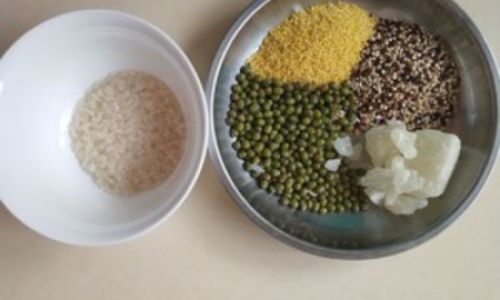
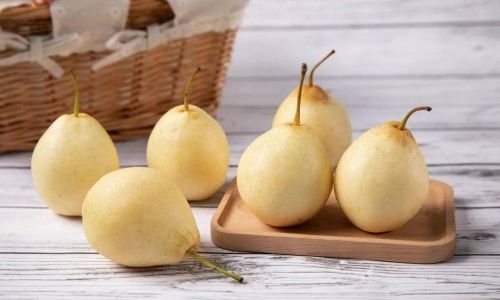
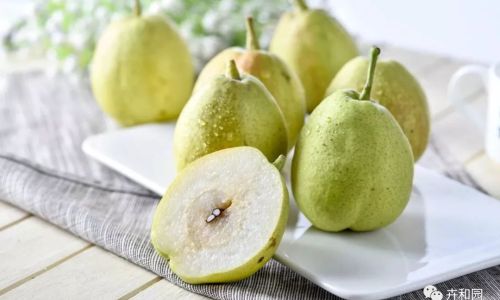
0 comments